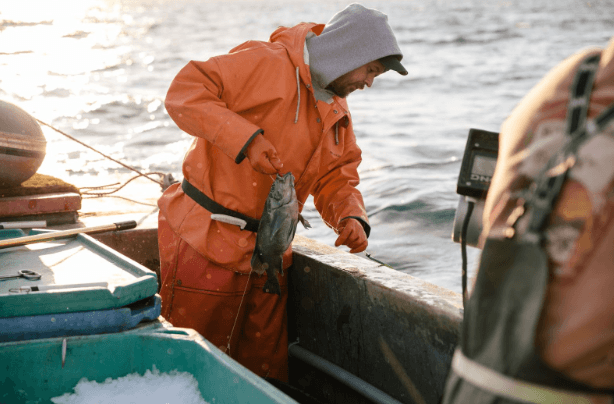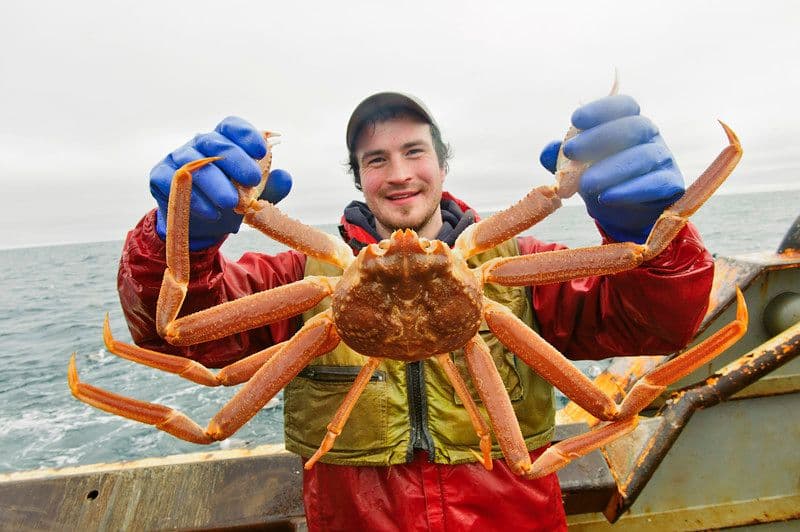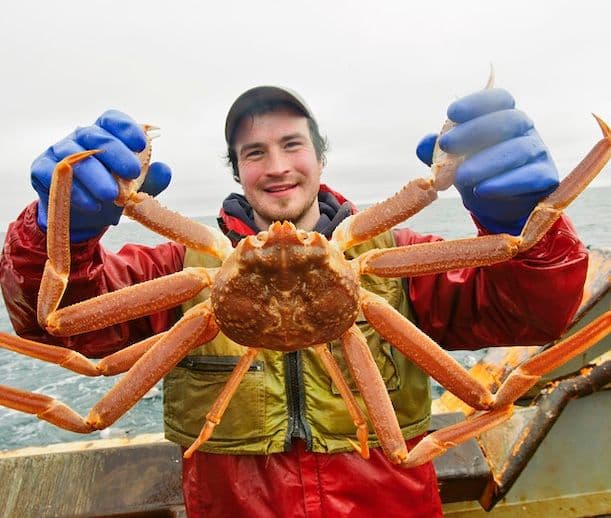In the depths of the Alaska winter, days are short and the coasts get battered by heavy storm after heavy storm. Many fishermen take the winter off and migrate to somewhere warm, but there are a hearty few that brave the high seas to bring us their bounty. The famous crabbers of the Deadliest Catch are well-known, but there are smaller boats that are fishing across all parts of Alaska.
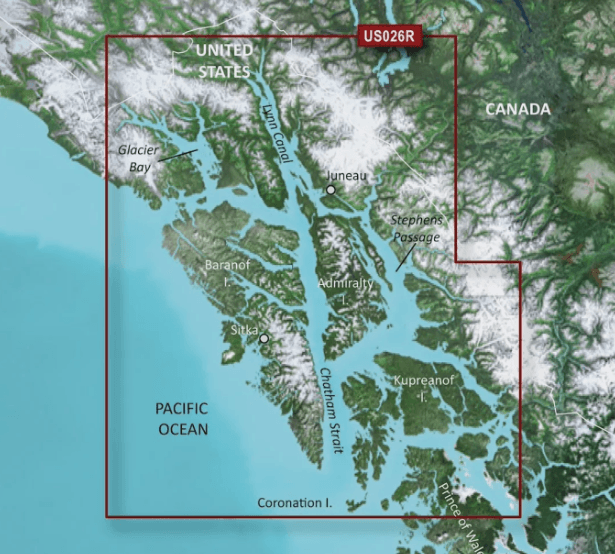
In February, fishermen harvest bairdi crab in the more sheltered interior waters of Southeast Alaska. These fishing vessels are protected from the large ocean swells of the outer coast but icy winds and freezing spray make it treacherous, nonetheless. When the spray freezes on the topside of fishing boats it adds weight above the waterline, making the boats dangerously top-heavy. They have to send their crews out with baseball bats to smash the ice so that their boats don’t flip over. Hardly the job for the faint of heart!
The season opens in mid-February and is very short — the 2024 season lasted only 11 days — so the fleet works hard, hoping to land the crab motherload before their season is over. The fishermen use pots or traps to catch the crab. Once they pull up a pot, they measure the crab, release females back into the ocean, and put legal-sized males into circulating seawater holding tanks. This allows fishermen to deliver live crab to the docks where they will be cooked and blast frozen at the peak of freshness.
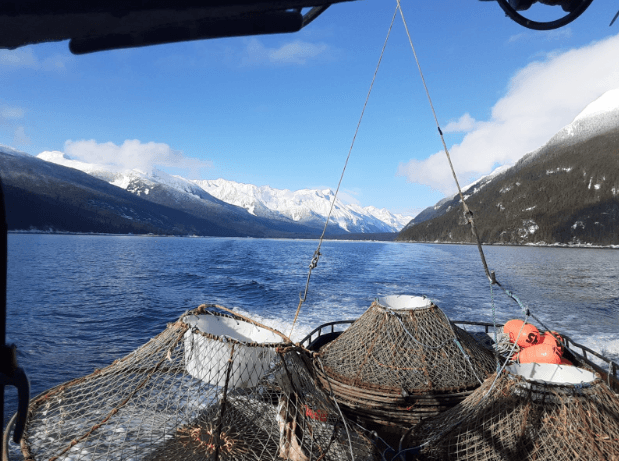
Kodiak Island lies seven hundred miles west of Sitka and is where our dedicated jig fleet harvest rockfish by hook-and-line. Their vessels are too small to ride out the winter storms of the Gulf of Alaska so they must choose the calmer days to fish. Once they locate a school of fish, they lower their lines and hustle to take advantage of small windows of daylight and calm weather.
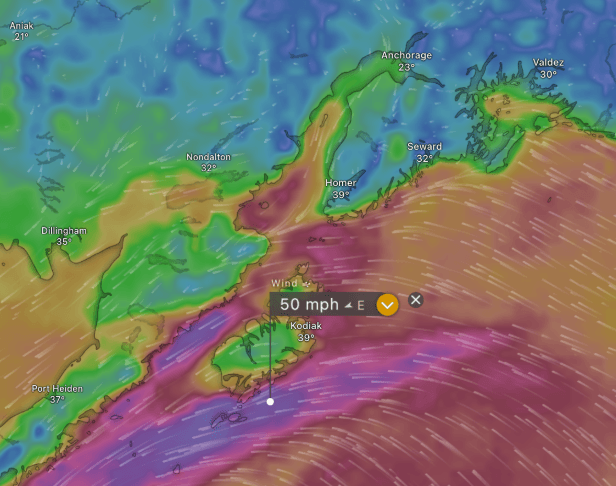
This hook-and-line fishing method isn’t as fast or efficient as using large nets, but it allows the fishermen to bleed and chill each fish immediately, ensuring the highest quality. They can also release any bycatch (unintended catch) alive and change location quickly if they are catching unwanted species.
Our small fleet’s catch is delivered in Kodiak at local natively owned processor Wildsource. The fish going through their plant in the slower winter months is important for their operations and it gets us some of the best rockfish you can find. We’d like to give a big shoutout to Glen, Darius, Ryan, and Len for braving the cold to bring us your delicious catch.
